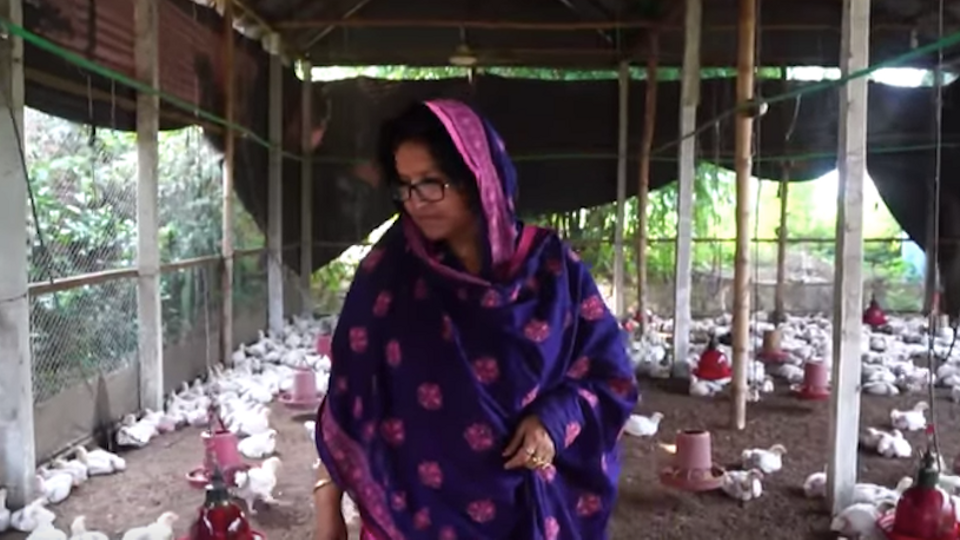Bangladesh is a country of more than 160 million people in South Asia. After partition in 1947 it became East Pakistan. But then in 1971 it gained its independence, becoming the country as it is known today.
Introduction
Bangladesh's economy has grown roughly 6% per year since 2005 despite political instability, poor infrastructure, corruption and unreliable power supplies.
Successive governments have slowly pushed ahead with building the economy. About half of the country's workforce is employed in agriculture. But more than half of Bangladesh's GDP is generated through the service sector.
Garment exports, the backbone of Bangladesh's industrial sector, accounted for more than 80% of total exports and surpassed $28 billion in fiscal 2016-17.
Challenges, especially the safety of workers, remain. But in many respects the country is booming.
The garment industry
It's been five years since the Rana Plaza garment factory in Bangladesh collapsed, killing more than 1,100 people. Since then safety in the core industry has improved.
Today, 4.5 million garment workers are employed in that part of the sector that makes clothes for western retailers.
Shamima Sultana
Small-scale business initiatives have empowered hundreds of thousands of rural women across Bangladesh.
Some have taken out loans using micro-finance schemes.
Among them is Shamima Sultana, who had always dreamed of starting her own poultry business.
Pharmaceutical independence
Bangladesh is on its way to becoming one of the world's leading suppliers of generic drugs. Its pharmaceutical industry produces enough medicines to meet 97 percent of its domestic needs.
It also sells to more than 140 countries. But it faces competition from India and China.
E-commerce
In recent years, Bangladesh has started to embrace the digital age. The country now has around 2,500 large to medium-sized e-commerce companies, The industry is worth around $250 million and growing. But, as we learn, internet connectivity and computer literacy remain a challenge.
Traditional sari-weaving
Bangladesh has a tradition of handicrafts and textile design that dates back hundreds of years. Many goods are produced by family-run businesses and then sold to retailers.
The products are aimed mainly at a domestic market, but as we learn these artisans now have grander plans.
Source: TRT World





No comments:
Post a Comment